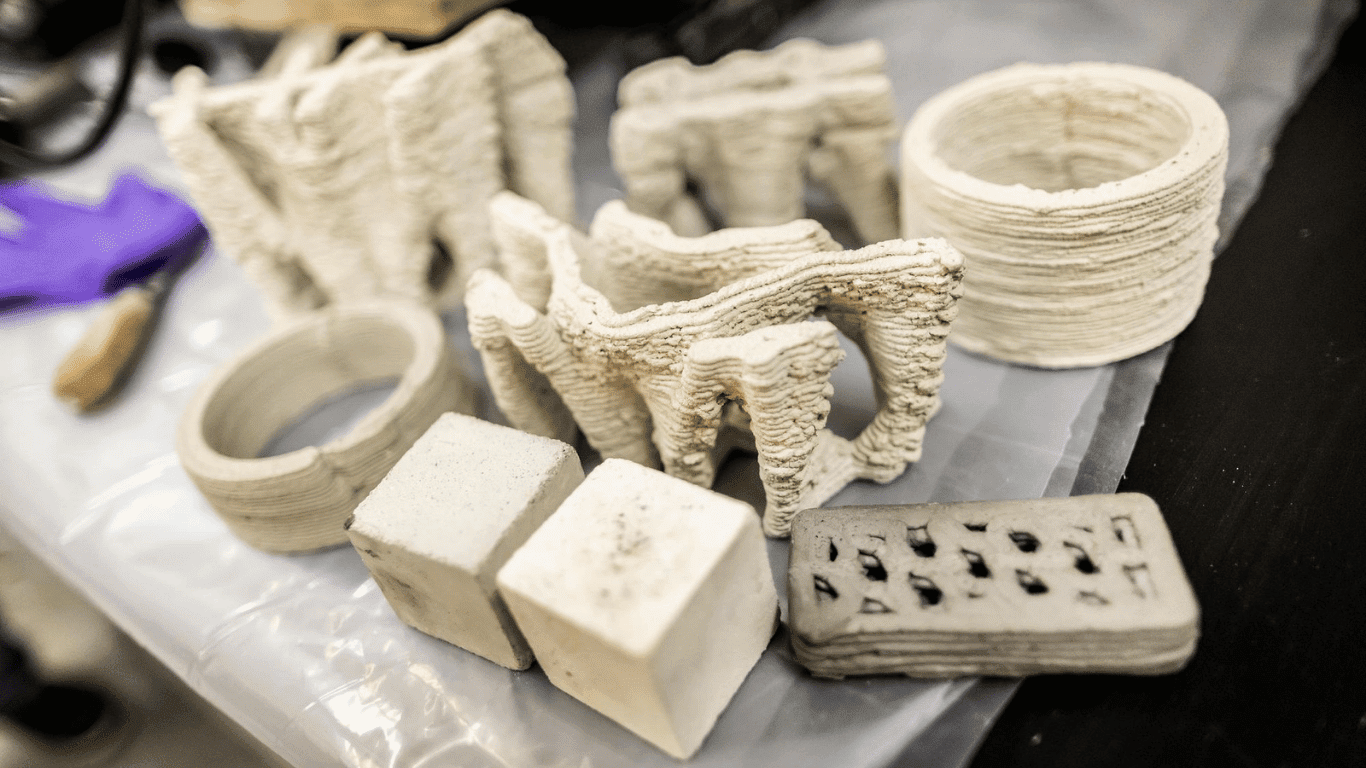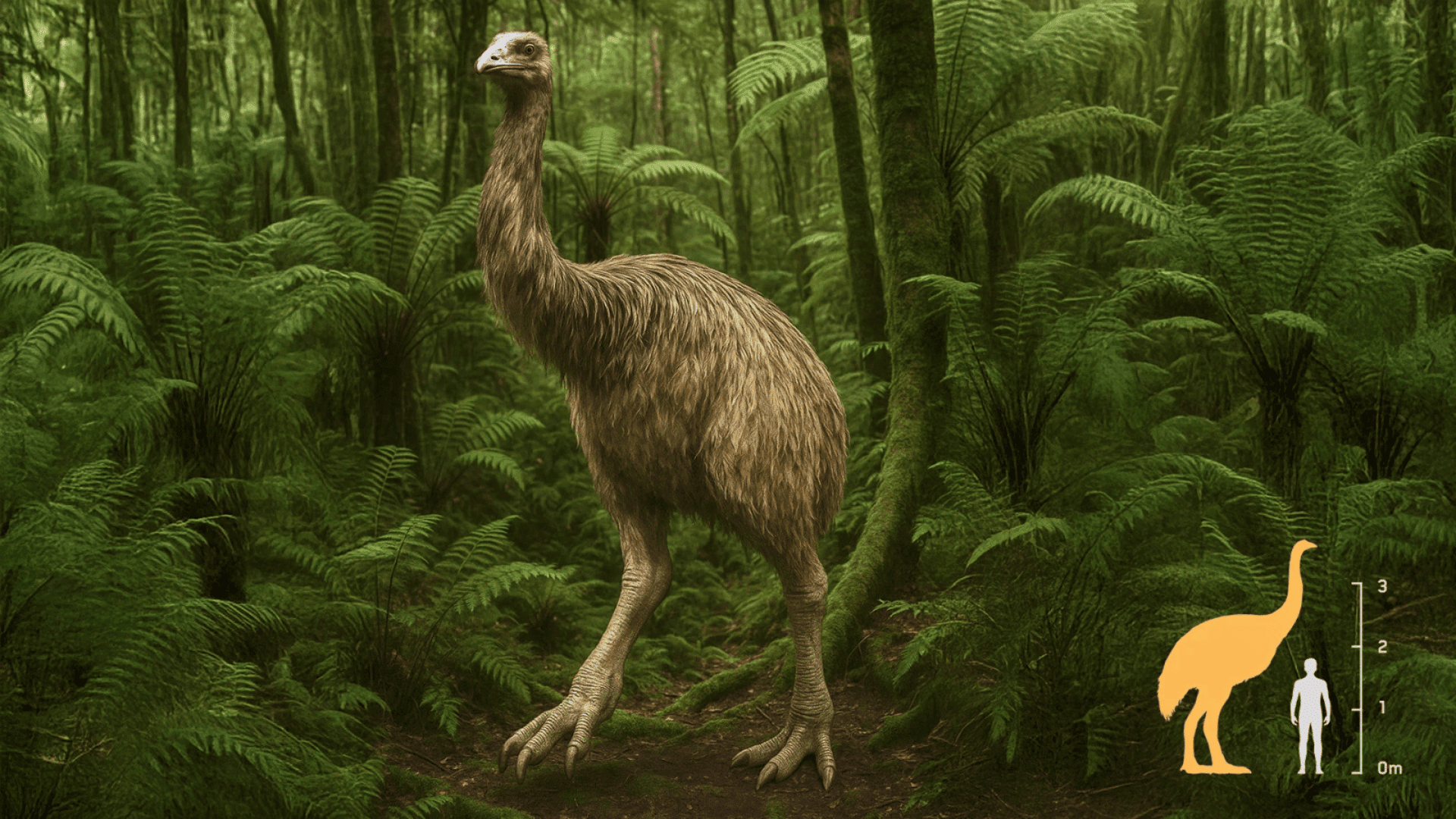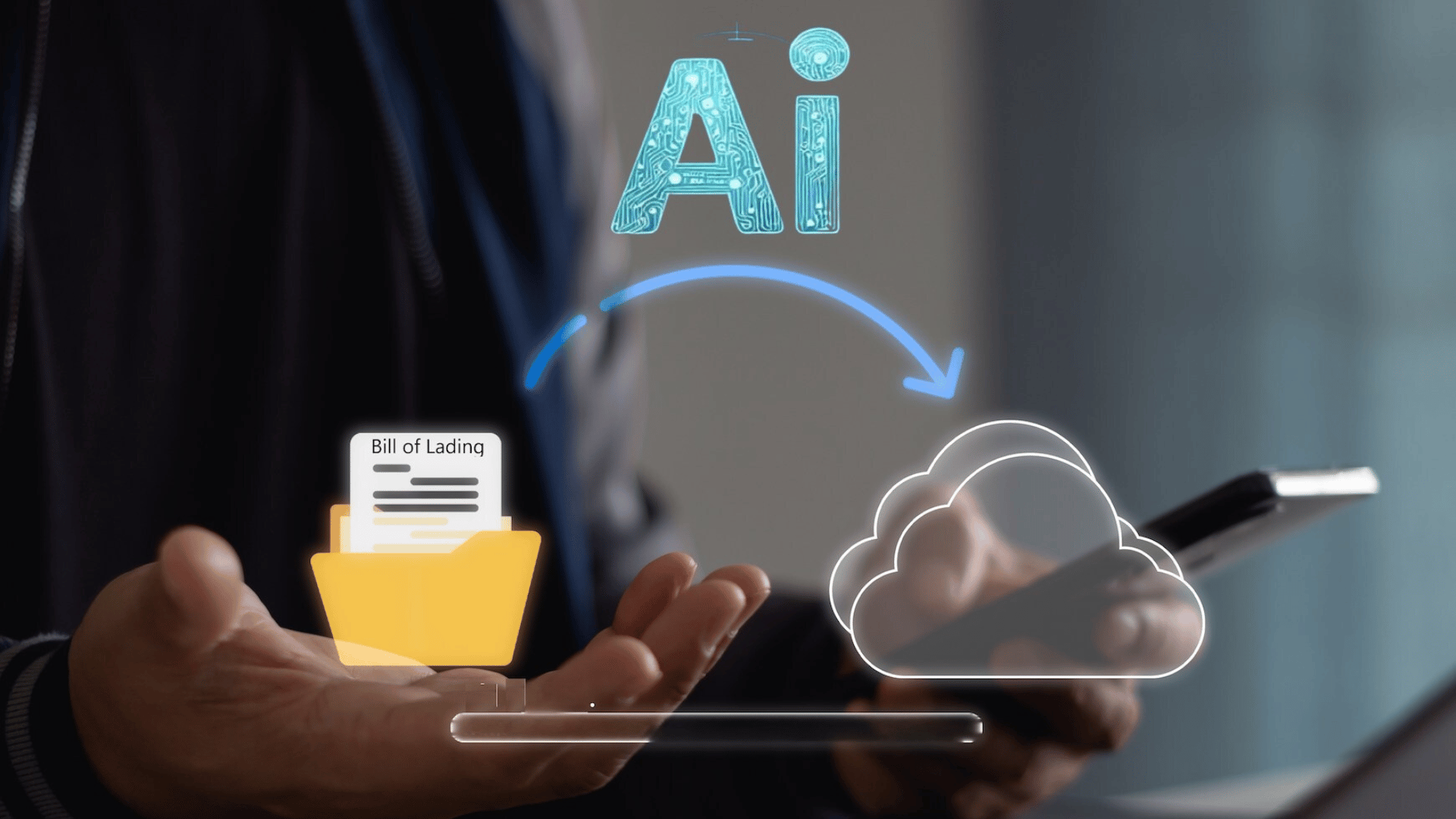As the myth of Icarus taught us, flying too close to the sun results in getting burned. This applies to within our atmosphere alone- there’s a reason the only hospitable planet in our solar system is nearly 100 million miles away from the star. But what if we could get closer- within only a few million miles? It might be impossible for humans, but it’s not for the Parker Solar Probe.

The probe, spearheaded by NASA, was launched in 2018 with the goal of providing new data on solar activity and further exploring the surface of the sun. With the knowledge gained from the mission, its hoped that it will be easier to predict “major space-weather events that impact life on Earth.” In a world so technology-based, such phenomena have a very real chance of disrupting normal life. This is why the Parker Solar Probe (PSP, not to be confused with the PlayStation Portable) is so vital to scientists.
Dr. Parker
The name comes from Dr. Eugene Newman Parker, who proposed that stars, including our own sun, gave off energy. This was in the 1950s, long before widespread understanding of solar power. Dubbing the energy “solar wind,” Parker also theorized that the corona of the sun was actually hotter than the surface. Ultimately, his hypothesizes would be deemed correct and would be the basis for spacecraft and additional theories regarding stars and their magnetic fields. The Parker Solar Probe is the first project to be named after a living person.
The design for the Parker Solar Probe first went under review in March of 2015. Testing began in July the following year. Throughout 2017, the parts were shipped and put through additional testing, before the big day. On August 12, 2018 at 3:31 in the morning, the probe was launched and well on its way. It is planned to stay in orbit with multiple perihelion stops and flybys of Venus until 2025.

Fast Forward to 2024
The most important event isn’t for a while, however. According to NASA’s timeline, the PSP is planned to complete its first close approach during its perihelion on December 24, 2024. As of this writing, the probe has just finished its second perihelion and is preparing for its third on September 1, 2019. A second Venus flyby is scheduled for right after Christmas. Nickalaus Pinkine, the PSP mission operations manager at John Hopkins Applied Physics Laboratory says “the spacecraft is performing as designed, and it was great to be able to track it during this entire perihelion. We’re looking forward to getting the science data down from this encounter in the coming weeks so the science teams can continue to explore the mysteries of the corona and the Sun.”
Regarding the launch itself, Science Mission Directorate associate administrator Thomas Zurbuchen said “this mission truly marks humanity’s first visit to a star that will have implications not just here on Earth, but how we better understand our universe. We’ve accomplished something that decades ago lived solely in the realm of science fiction.” Other team members expressed joy and hope that the rest of the mission will be as successful as the probe’s launch. And why shouldn’t they? Six decades of research went into creating the device that will finally teach us about our own sun.
To touch the surface of the sun is impossible. This is just fact; nothing can survive the unimaginably intense heat. But every day, we are inching closer. Sometimes, it doesn’t take physical contact to ensure progress has been made. A few steps forward is still progress. Dr. Parker would undoubtedly agree as he saw the probe bearing his name launch and finally bring his theories to life.
Influence the future and follow our World of Innovation.








